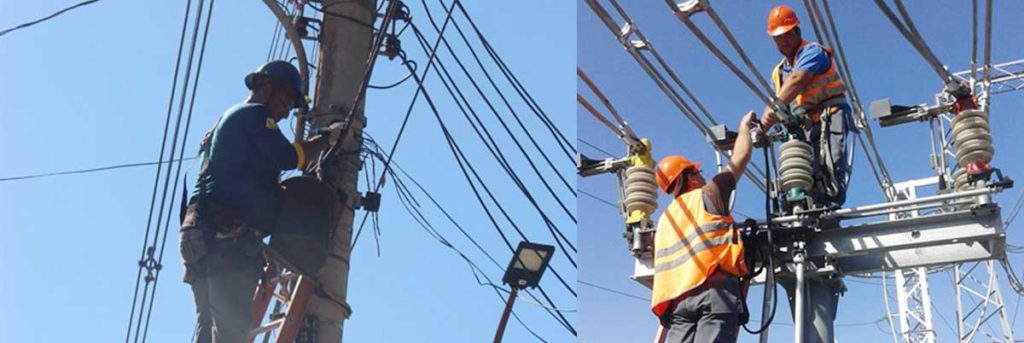
The purpose of the power cable line test is to detect defects and weak links in time, so as to deal with them in time, and to prevent the defects from expanding and damaging the cables.
Cables are buried in the ground, because it is not easy to check, and experiments mainly judge the change in insulation performance.
Therefore, all newly installed power cable lines and running power cable lines should be electrically tested, such as the commonly used CU/PVC ECC cable, flexible PVC cable, and CU XLPE SWA PVC armored cable.
Conductor resistance, insulation thickness, insulation thinnest point thickness, sheath thickness, sheath thinnest point thickness, insulation resistance, voltage, external dimensions, cable stranding direction at 20 °C.
Mainly check the cable quality, insulation status, and various tests on the cable line.
Since the power cable is used to transmit high-power electric energy and work under high voltage and high current conditions, its electrical performance is very high.
In order to test the cable Performance testing is required for manufacturing and installation quality, reducing operational accidents, and improving power supply reliability.
1. Testers familiar with the technical test standards and technical regulations should be selected as the primary staff.
2. It is necessary to arrange the test site reasonably and scientifically, to ensure that the tester's range of activities and the minimum safe distance from the live part meets the requirements of the following table.
3. The high-voltage lead-out line of the test equipment should be shortened as much as possible.
The distance between the grounding body and the unrelated equipment should be kept at a sufficient safety margin to prevent the grounding body and other objects from being discharged during the test and to prevent the induced voltage from being generated by the nearby working equipment.
4. The tester should concentrate on and operate in an orderly manner.
When abnormal conditions are found, the boost should be stopped first, followed by depressurization, power failure, and discharge, and measures should be taken to analyze the cause of the abnormality.
5. After the test, the tester should remove the self-installed grounding short-circuit line and conduct a comprehensive inspection of the tested cable to clean up the debris at the work site.
6. Fill in the test record in time, sort out the test report, and restore the equipment lead removed or changed in the test.